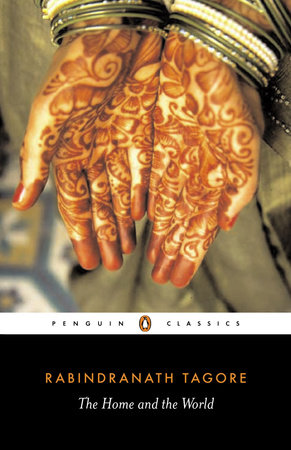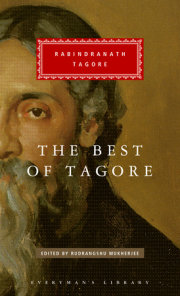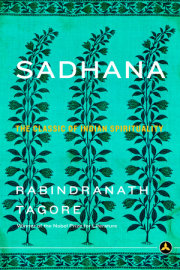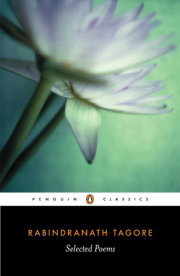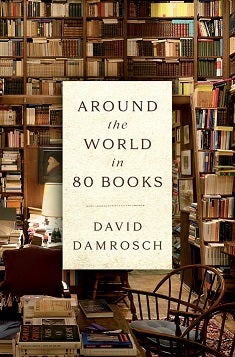Around the World in 80 Books
On November 9, 2021, the Penguin Press will publish AROUND THE WORLD IN 80 BOOKS: A Literary Journey.
Inspired by Jules Verne’s hero Phileas Fogg, author David Damrosch, chair of Harvard University’s department of comparative literature and founder of Harvard’s Institute for World Literature, set out to counter a pandemic’s restrictions on travel by exploring eighty exceptional books from around the globe. Following a literary itinerary from London to Venice, Tehran and points beyond, and via authors from Woolf and Dante to Nobel Prize–winners Orhan Pamuk, Wole Soyinka, Mo Yan, and Olga Tokarczuk, he explores how these works have shaped our idea of the world, and the ways in which the world bleeds into literature.

